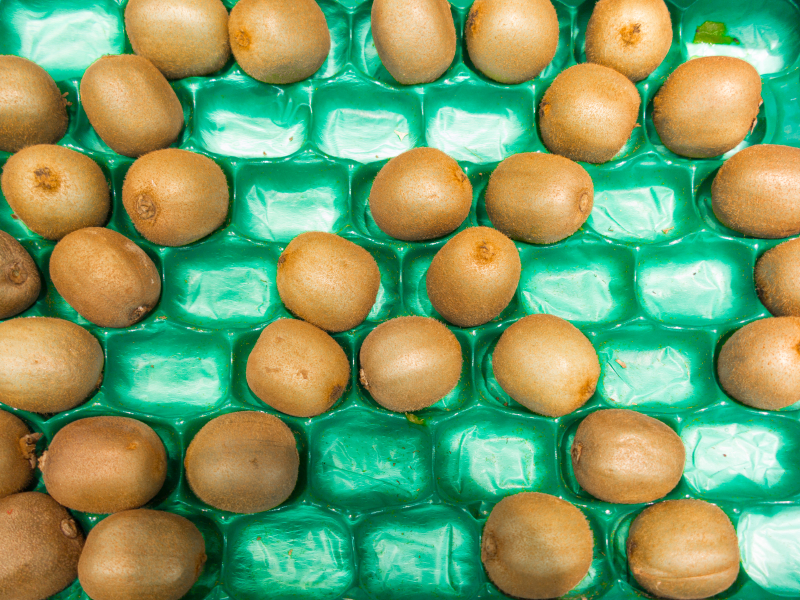
THE FRENCH
FOOD
INDUSTRY'S PORTAL
Webzine
taste it to info

Why to choose French kiwis?
News /
Friday 12 June 2015
1. The Seasonality
France is the fifth largest producer of kiwis in the world, with about 58,000 tons of fruit produced annually . Kiwis grown in different parts of France, particularly along the Atlantic coast, and are harvested in October or November.
In France, kiwis are harvested when slightly under-ripe and left to mature in cold rooms through the winter and spring months. As a result, kiwi producers recommend buying French kiwis as long as they are available, though particularly in mid-winter, as their stay in cold rooms further develops their flavor.
2. Protection of the Product
The star of French kiwi production is the Adour Valley, where kiwis were first produced around 40 years ago. Ever since, the kiwi of this region has been a star, so much so that in 1992 it was awarded the prestigious Label Rouge designation in France and in 2009 received an IGP recognition (Protected Geographical Indication).
3. The Taste
The most popular kiwi consumed in France is the green Hayward kiwi. The Gold kiwi is also sometimes available; its smooth skin gives it a very different appearance than that of its more familiar furry cousin, and its flavor is reminiscent of that of passion fruit. The tiny Kiwai kiwi, also known as the Siberian kiwi, is a miniature version of the egg-shaped fruit.
The kiwi hails from China, where kiwis are generally selected for their nutritional value; no surprise, considering the fact that kiwis are one of the most nutritionally dense foods. But in France, it is more for flavor that consumers seek out this fruit. This creates a symbiotic relationship between consumers who seek out particularly flavorful kiwis and producers for whom quality is the most important element of their produce.
4. 40 Years of Experience
Adour is home to 380 kiwi producers who sell 20,000 tons of kiwis a year. ¼ of the national kiwi production hails from this region, where the combination of 40 years of kiwi-growing know-how and a perfectly temperate microclimate creates a particularly flavorful kiwi.
5. The Recipes
Kiwis continue to ripen once they are purchased and can be stored for 2-3 weeks, so when buying a kiwi for later consumption, choose one that’s a bit harder than you’d like, as it will soften with time.
The enzyme that allows kiwis to continue ripening off the vine also ripens other fruit that comes into contact with it. For this reason, serve kiwi alone or add it to other fruits at the very last minute. On the flip side of this, this very same enzyme is an effective meat tenderizer, perfect for adding to your marinades!
While kiwi is often eaten at breakfast in France, it’s just as delicious in savory dishes and desserts. Try pairing it with raw fish in a tasty tartare or ceviche, adding it to a marinade for grilled steak, or slicing it into rounds and using it as a topping for baked puff pastry for a simple, tasty tart.
[1] 58,000 tons : production quantity for the season 2013-2014 – from September 2013 to July 2014 (includes Hayward kiwis, other green varieties and Gold kiwis)
[2] Production quantity by variety for the season 2013-2014 in France : Hayward kiwis = 56,000 tons. Other green kiwis = 1,500 tons. Gold kiwis = 500 tons.





